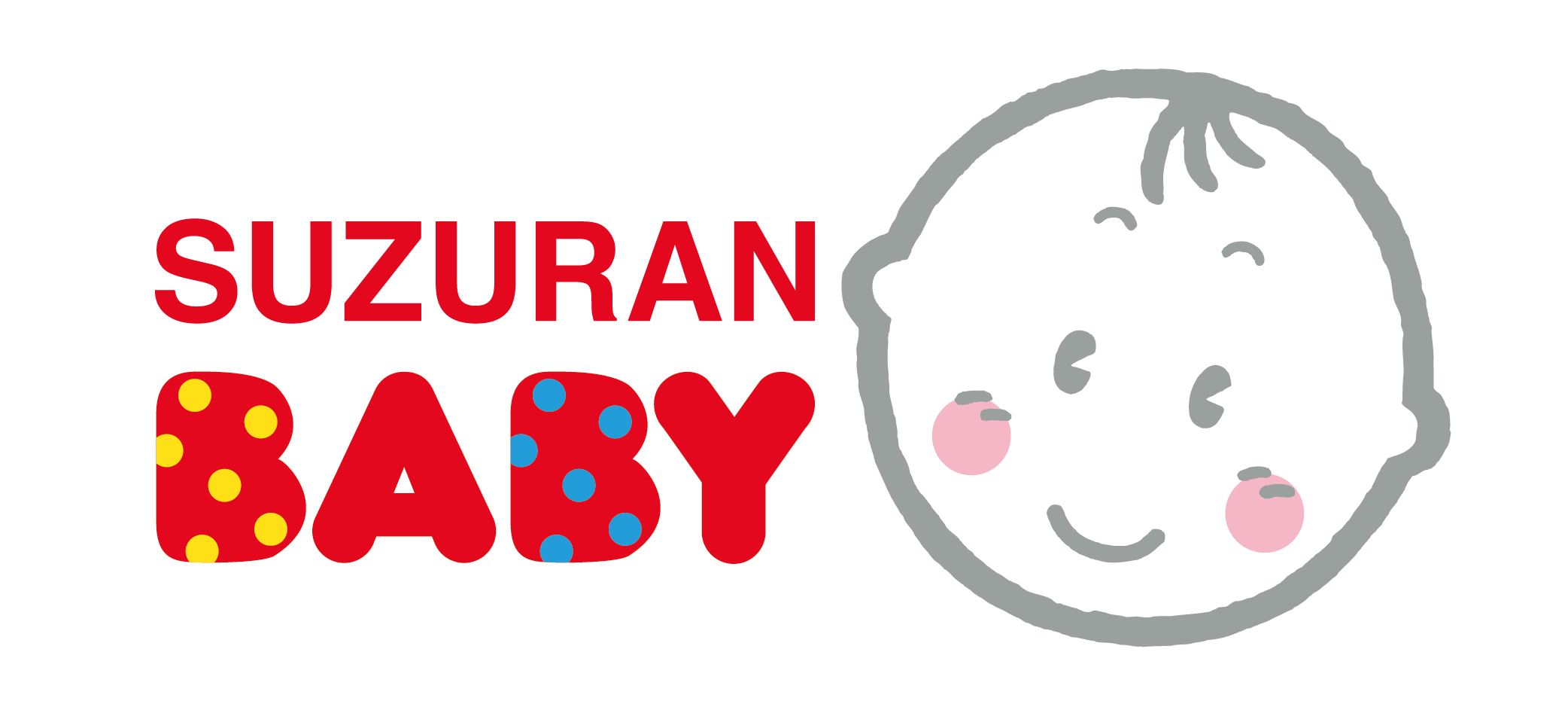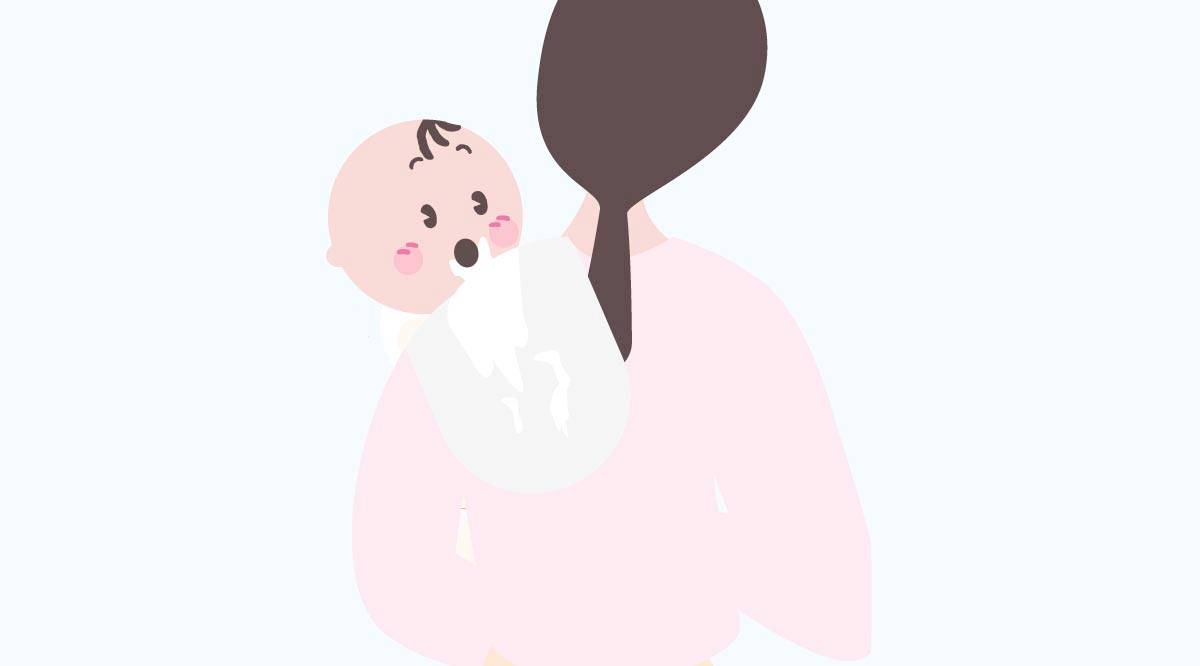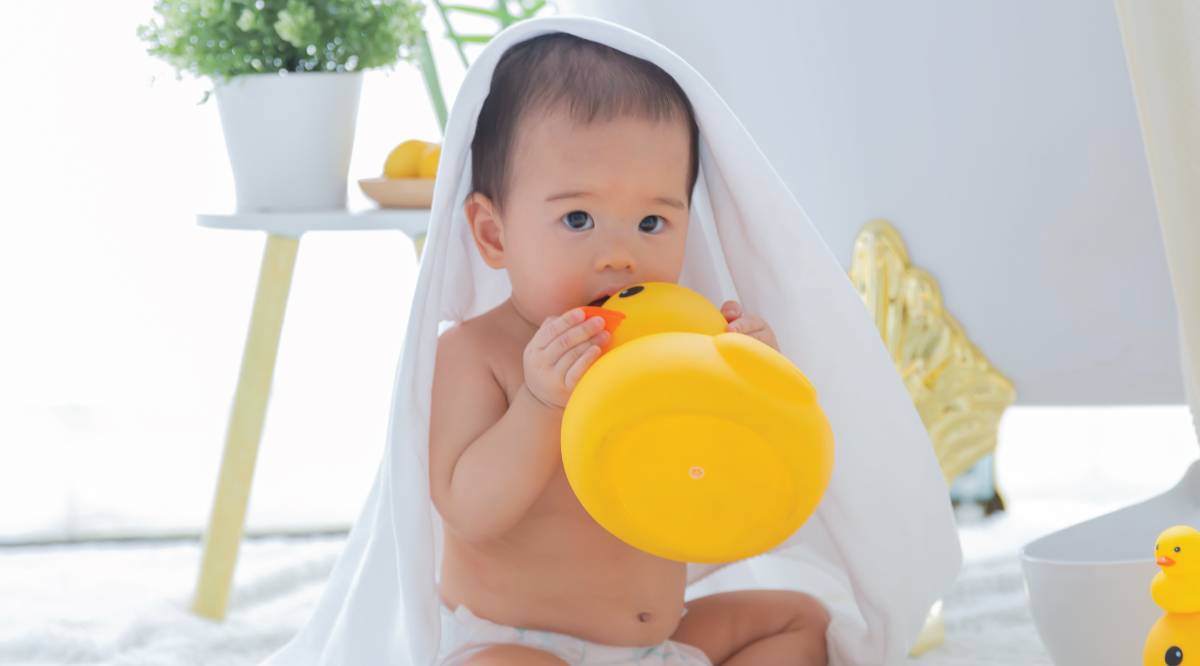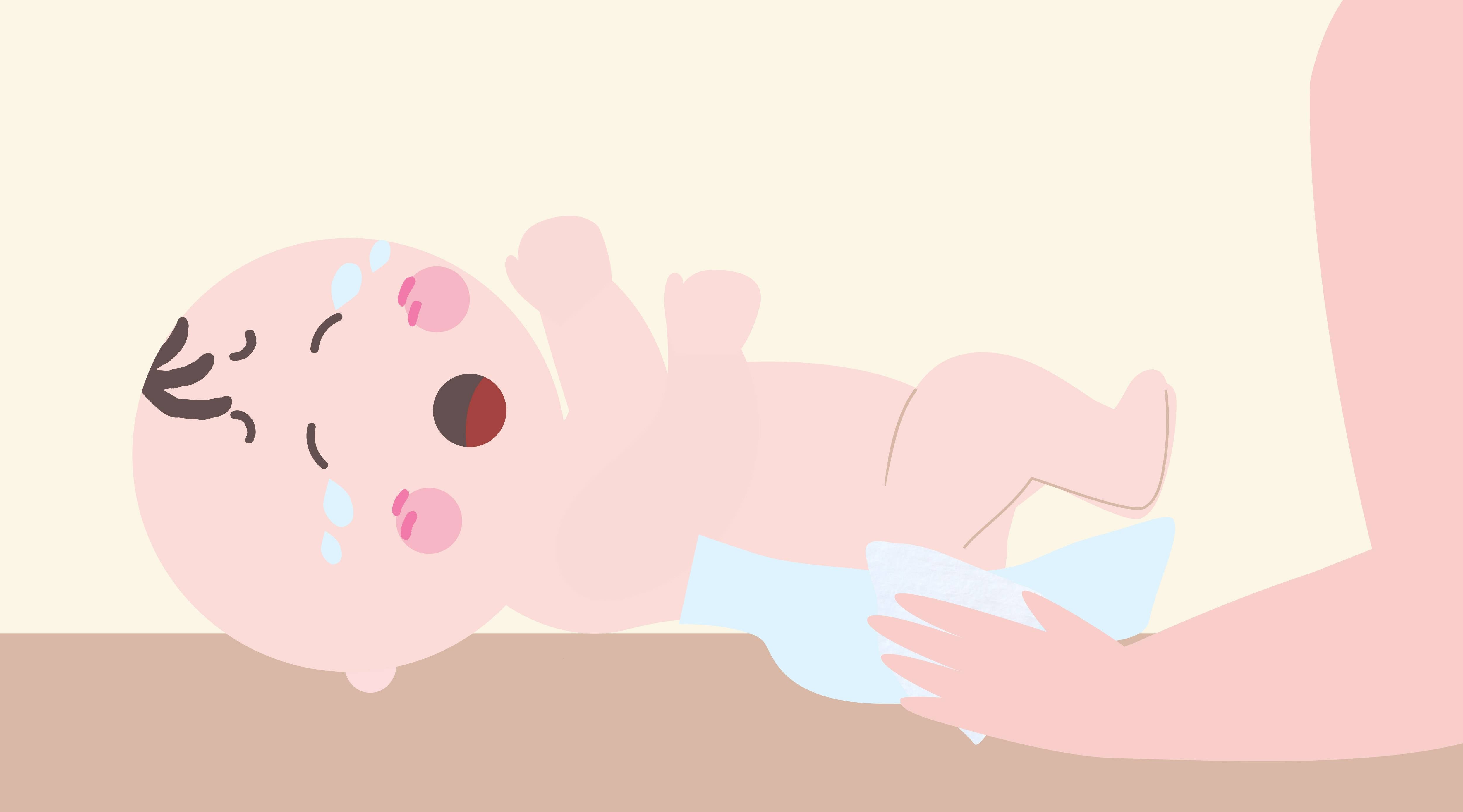First 24 hours in Hospital after Delivery: What to Expect?
We often hear or talk about the process of delivering a baby, but what about what happens after delivery while you are still in the hospital? We hope this article gives first-time parents a guideline on what to expect after you have delivered your baby, while you are still in the hospital.
-
Skin-to-skin moment right after delivery
Your newborn will be wet from the amniotic fluid and can easily become cold. After your paediatrician has done all health assessments, the midwife will quickly dry the baby and wrap your baby warmly with a blanket or swaddle. The midwife will also place your baby skin-to-skin on your chest to keep your baby warm. This is often the most emotional time when you first meet your baby. Early skin-to-skin contact with the mother helps reduce crying, improves bonding and helps you to breastfeed successfully.
-
Immediate health assessments for your newborn
Health assessments for your newborn start right away when he or she is born. One of the first checks is the Apgar test which is a scoring system to evaluate your newborn’s condition at 1 minute and 5 minutes after birth. The healthcare professionals will evaluate these signs and give a point value:
- Activity; muscle tone
- Pulse rate
- Grimace; reflex irritability
- Appearance; skin colour
- Respiration
-
Physical examinations for your newborn in the delivery room
A quick physical exam will be done to check if your baby is healthy. Other procedures will be done over the next few minutes and hours. Some of these procedures include:
- Measurement of your baby’s temperature, heart rate and respiratory rate.
- Measurement of your baby’s weight, length and head circumference to find out if your baby is normal for the number of pregnancy weeks. Small or underweight babies and overweight babies may need special attention and care.
- Cord care. The baby's umbilical cord stump will have a clamp. It needs to be kept clean and dry.
- Bacteria in the birth canal can infect a baby's eyes. Your baby will be given antibiotics or antiseptic eye drops or ointment either right after delivery or later in the nursery to prevent eye infection.
- These are often taken and recorded in the medical record.
- Your baby will be given a vitamin K shot to prevent the possibility of bleeding.
-
Care for your newborn after a vaginal delivery
Healthy babies born in a vaginal delivery are usually able to stay with the mother. In the first hour or two after birth, most babies are in an alert, wide-awake phase. This offers a chance for you and your partner to get to know your newborn. Baby will often turn to the familiar sound of the mother's voice. Baby’s focus of vision is best at about 8 to 12 inches - just the distance from the baby cradled in your arms to your face.
You will start breastfeeding in the first or two hours after delivery. Babies have an innate ability to start nursing right away after they are born. This first feeding helps stimulate breastmilk production. It also causes your uterus to contract. This can help prevent over bleeding. You can use Wet Cleaning Cotton to give your breasts a quick clean before and after breastfeeding.
-
Care for your newborn after a C-section delivery
If your baby is born via a C-section, chances are good that you can be awake for the surgery because most C-sections nowadays are done with a regional anaesthesia such as an epidural or spinal. With this type of anaesthesia, only the body from the waist down is numbed for surgery. You are awake and able to hear and see your baby as soon as he or she is born. Only in rare cases will you need general anaesthesia for delivery in which you are not awake for the birth.
Babies born via C-section are usually checked by a nursery nurse or healthcare provider right after delivery. This is often done in the operating room because babies born via C-section may have trouble clearing some of the lung fluid and mucus. They often need extra suctioning of the nose, mouth, and throat. In some cases, they may need deeper suctioning in the windpipe.
Once a baby is checked over, a nurse will wrap the baby warmly and bring the baby to you to see and touch. Many hospitals require babies born by C-section to be watched in the nursery for a short time. All the usual procedures such as weighing and medicines will be done there. Your baby will be brought to you in the recovery area after surgery and you can start breastfeeding. You can use Wet Cleaning Cotton to give your breasts a quick clean before and after breastfeeding.
It is advisable to have your partner stay with you during your hospital stay after a C-section because you will be in pain in the first few days and you will need help with the baby. Your baby will have his or her first poop in the hospital. Bring along Antibacterial Cut Cotton in your hospital bag so your partner can help with cleaning and diaper changing.
-
Newborn’s first vaccination and check for jaundice
Your baby will get his or her first shot of Hepatitis B vaccine in the hospital within 24 hours of birth. Some newborns need it even sooner (if their mother carries the hepatitis B virus in her blood) while some need to wait a little longer (if they were born early and had a low birth weight). Babies will get more vaccines in the coming months based on a standard immunisation schedule.
Your baby will also be carefully evaluated daily for jaundice. It is normal for newborns to become jaundiced in the first few days after birth. Jaundice is caused by a substance called bilirubin, which is a breakdown product of haemoglobin, the substance found in red blood cells. Most newborns will have mild jaundice which is not a major concern. Some babies, however, are at risk to develop serious jaundice that, rarely, can cause brain damage or hearing loss.
Your baby will be screened for jaundice with a skin test. In some cases, a blood test may also be done. When treatment for jaundice is required, your baby will be placed under “phototherapy”. These are blue lights that help your baby’s body decrease jaundice levels quickly. Your baby will be placed under this blue light therapy at all times except when feeding. This treatment will be continued until the jaundice level is safe for your baby.
Learn more about caring for your baby when you are at home:
- First-time Mom: 3 Things to Keep Track of Your Newborn Baby
- Umbilical Cord Care: Do's & Don'ts
- First-Time Mother Must-Know
- Aisyah Habshee's A Day in Life with Her Newborn





